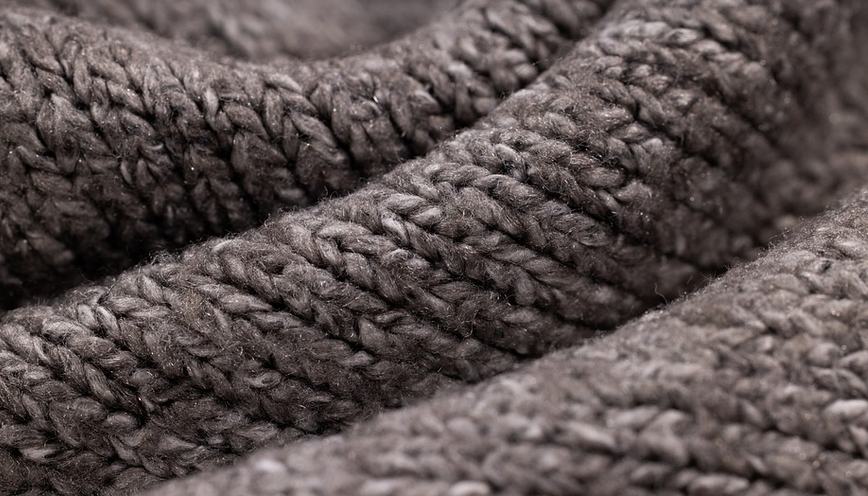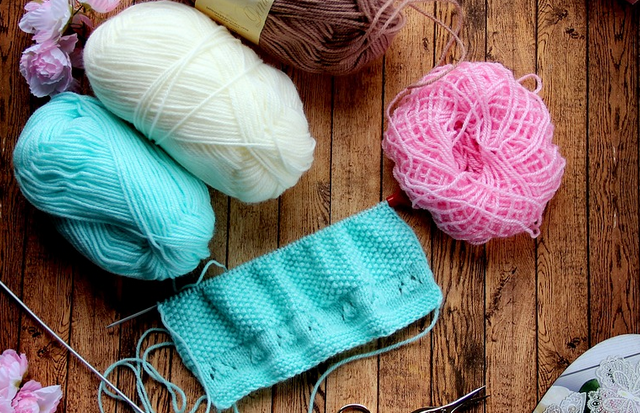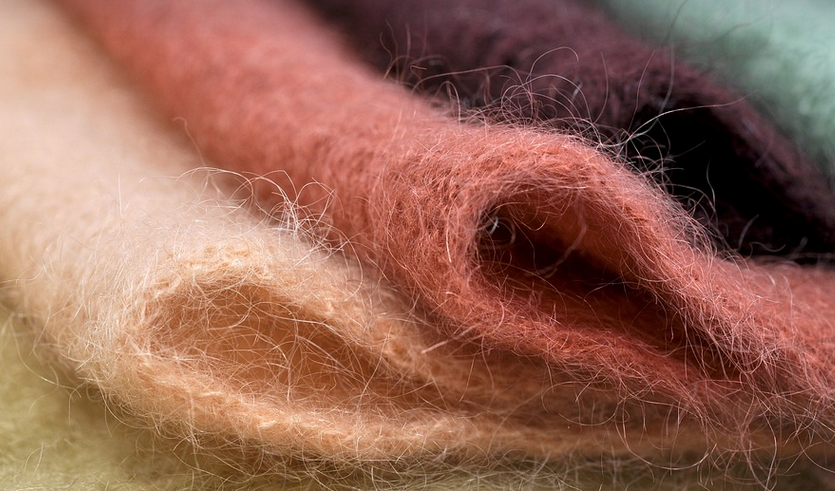
Staying Cool Under the Campfire (and Sun!)
Summer’s here, and that means camping! But let’s be real: we all know those long days spent under a scorching sun can make even the most dedicated camper feel like melting popsicles. Finding the perfect tent for hot weather isn’t just about avoiding bugs or staying dry; it’s about creating a comfortable haven where you can keep your cool and enjoy those evenings around the campfire.
So, how to choose the best tent for hot weather? It’s all about understanding what makes the difference – like ventilation, temperature regulation, and material choice. We dive into that today!
Ventilation: The Key to Staying Cool
First things first: we need airflow! Campers know it – a tent with poor ventilation can feel stuffy and oppressive, making even a short time outdoors a struggle. So, how do we achieve the best ventilation for hot weather?
The answer lies in choosing tents that prioritize airflow. Look for vents like:
- Side Vents: These are those strategically placed vents on the sides of the tent, letting in a breeze and keeping things from getting too stuffy.
- Pitched Roof Vents: These are often found in traditional dome tents. This kind of ventilation is designed to draw in cool air during hot weather and release trapped heat.
Beyond the vents, consider tents with mesh side panels or even a mesh roof. These allow natural light in and keep things from getting too stuffy.
Temperature Regulation: Staying Comfortable Inside
Once you have good ventilation, you need to make sure your tent keeps temperatures comfortable. Here’s where the science of fabric and insulation comes into play.
Here are some materials and features that make a difference:
- High-Tech Fabrics: Modern tents often use materials like Ripstop Nylon, which is sturdy yet lightweight and water-resistant. They also offer good breathability and airflow.
- Polyethylene Coating: This material reflects UV rays and keeps the interior cool by preventing heat absorption from the sun.
- Insulation: Some tents have a layer of insulation beneath the fabric. Think about it like adding an extra blanket to your tent, helping to regulate temperature even more effectively during hot weather.
Don’t forget about the tent footprint! Adding a footprint can further protect the base from prolonged exposure to the elements and adds an extra layer of insulation.
Material Choices: The Big Picture
Let’s talk about some specific materials and their properties. Think about what’s most important to you, but here are some general guidelines for hot weather tents:
- Durable Polyester: This is a popular choice for its water resistance and good air circulation.
- Ripstop Nylon: A lightweight material known for its durability. It can keep you cool in the heat, but it’s also strong enough to handle rough camping conditions.
Features that Matter
Beyond choosing the right materials, here are some additional features to consider:
- **Rainfly Design: ** A well-designed rainfly is crucial for hot weather. It should be lightweight and breathable, allowing air circulation while protecting against moisture.
- Ventilation Options: As we discussed earlier, ventilation is key to staying cool. Consider tents with adjustable vents, or even a tent with a detachable canopy (like a pop-up) for extra air flow during hot days.
Finding Your Perfect Match
So, now that you know the key factors to consider when choosing a tent for hot weather, it’s time to start shopping. Remember, there are some great options available for different budgets and needs.
Consider your preferred camping style – is it a solo adventure or a group trip? Do you prefer lightweight backpacking, car camping, or something else entirely?
Don’t forget to read reviews and compare prices before settling on a tent.
Pro-Tips for Hot Weather Camping
Ready to hit the trails with confidence? Here are some extra pro tips to keep you cool and comfy during your camping adventure in hot weather:
1. **Pack Smart:** Bring extra clothing layers – especially light, quick-drying items like long sleeves or a sweater for later at night. A thin scarf can be useful too!
2. **Hydrate Consistently:** It’s easy to forget about water when camping, but staying hydrated is critical in hot weather. Carry a reusable bottle and refill it regularly.
3. **Camp at Night:** If possible, try to camp during the cooler hours of the day – early evening or late night. The temperature will be milder, and you’ll have a better chance of avoiding the midday heat.
4. **Use Natural Shade Strategically:** Look for shady spots under trees or even consider a portable shade shelter to create additional protection from the sun.
5. **Limit Sun Exposure:** Even if you’re not doing activities like hiking, be mindful of your time in direct sunlight. Use sunscreen and hats, and try to move to shaded areas when needed.
6. **Enjoy the Cooler Parts of the Day:** The early morning or late hours can offer a welcome respite from the heat for a few hours. Use this time for activities like reading under a tree or enjoying a quiet meal outdoors.





